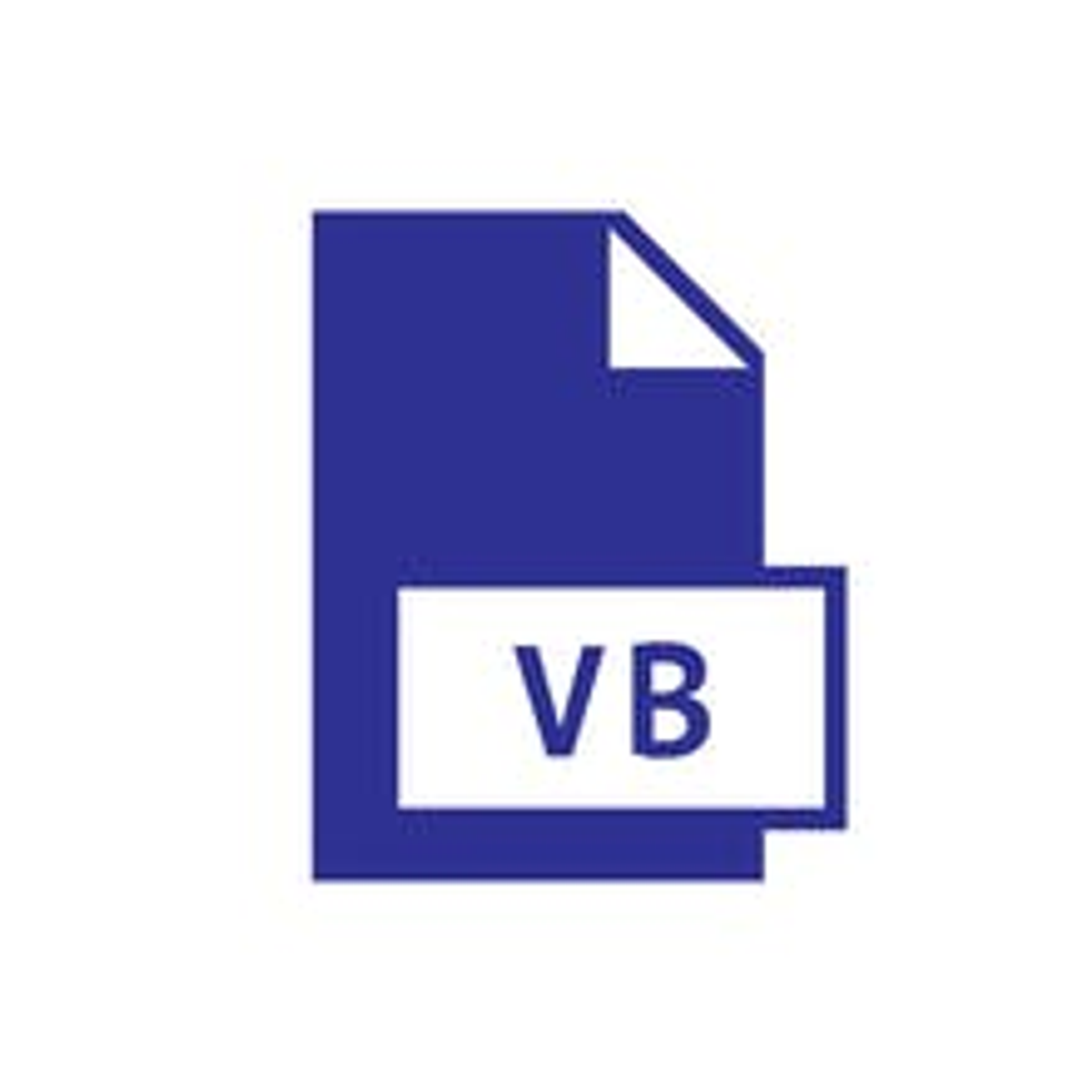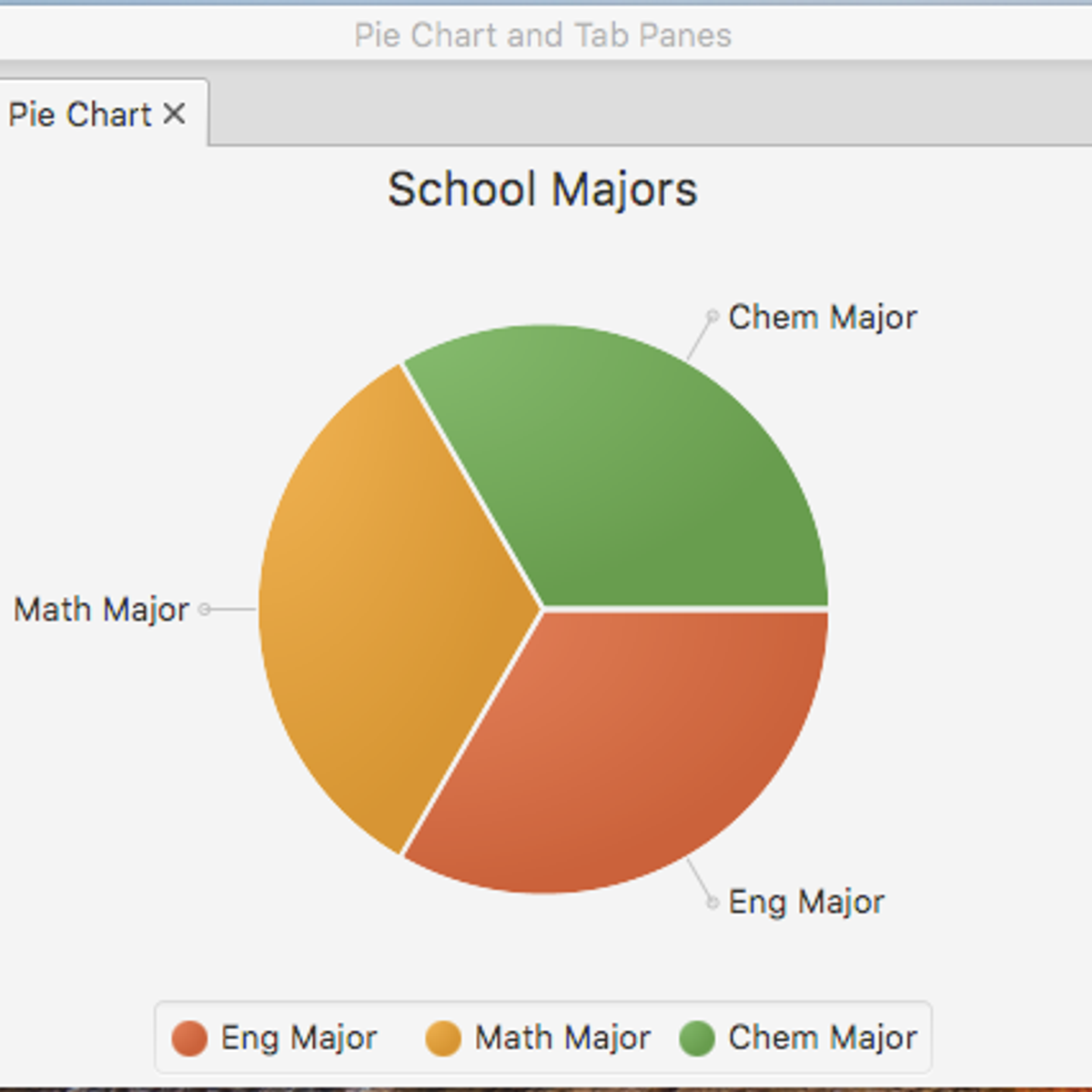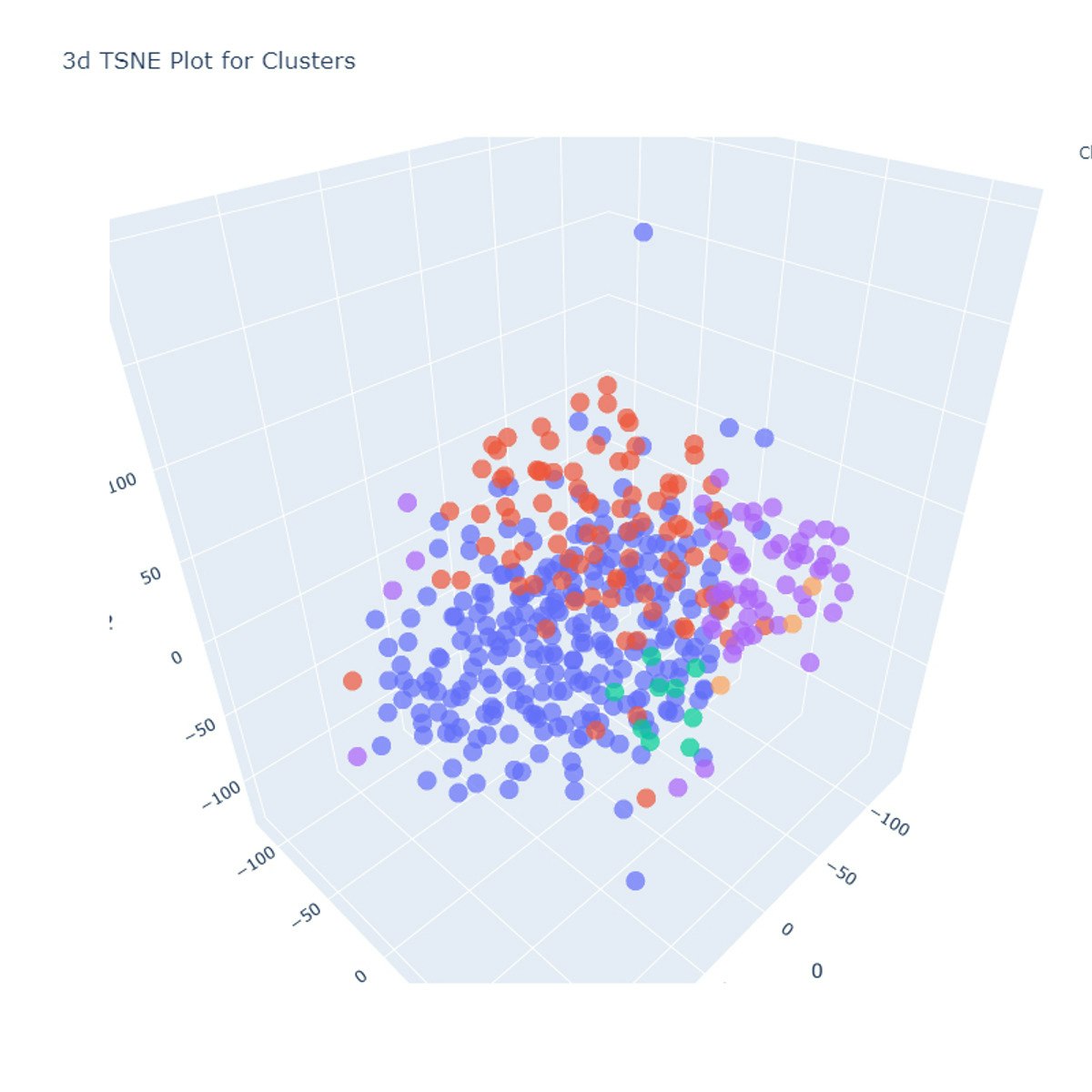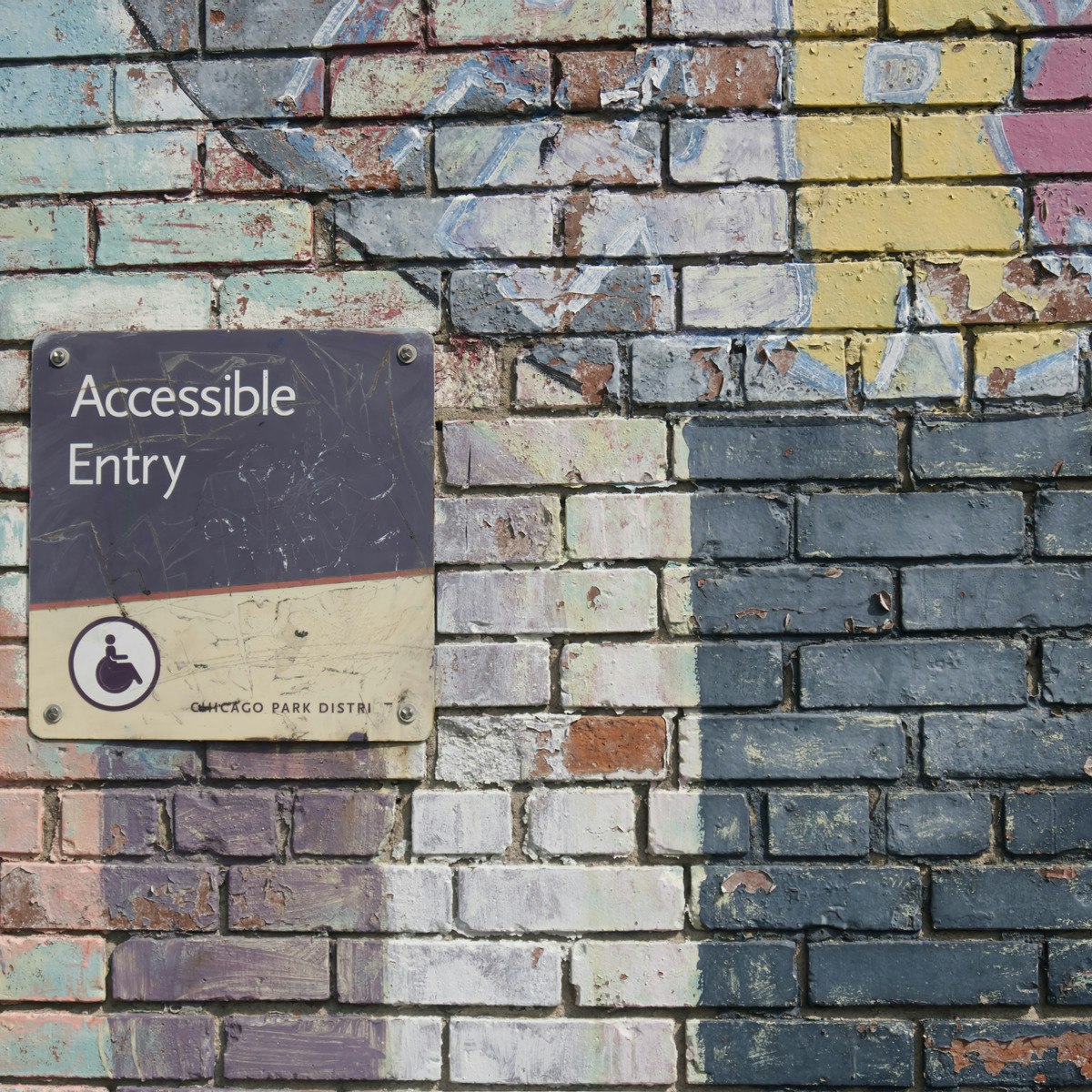Back to Courses









Computer Science Courses - Page 125
Showing results 1241-1250 of 2309

Visual Basic Programming: Inheritance and Polymorphism
This course is the third course in a series that aims to prepare you for a role working as a programmer. In this course, you will be introduced to the four main concepts in programming: Advanced String Operations and Dates, Modeling Classes, Development of Classes and Collections. Labs will allow the students to apply the material in the lectures in simple computer programs designed to re-enforce the material in the lesson. Learners will need to have a local machine with any one of the following operating systems; Windows 7 SP1 or higher, macOS 10.1.13 or higher, or almost any version of Linux from the last several years. The learner will either need to download the free community edition of Visual Studio or the open source .NET Core installation.

Introduction to Agile Development and Scrum
After successfully completing this course, you will be able to embrace the Agile concepts of adaptive planning, iterative development, and continuous improvement - resulting in early deliveries and value to customers. This course will benefit anyone who wants to get started with working the Agile way. It is particularly suitable for IT practitioners such as software developers, development managers, project managers, product managers, and executives.
You will learn to apply Agile practices derived from lean manufacturing concepts, like test-driven development. Learn how a scrum team functions. Learn how to write good user stories and track your team’s progress using a kanban board. Create and refine a product backlog collaboratively with the team and the customer, in a flexible and blameless culture.
This approach will lead you to higher levels of efficiency, with the ability to plan and execute sprints with your development team, measuring success with actionable metrics.
This course is about more than facts and processes. It is about working collaboratively on a self-organizing team, coached by a scrum master, and building what is needed, rather than simply following a plan.
Developed and taught by an experienced Agile practitioner, the course includes hands-on practice through realistic scenario-based labs using GitHub and ZenHub.

Product Roadmap Recovery in Miro
By the end of this project, you will be able to create an analysis-driven product roadmap, test it for risk and return on investment, and identify areas for strategic improvements.
To do this, you will gain hands-on experience applying agile thinking to align business goals and team responsibilities within a product roadmap in the Miro online visual collaboration platform for teamwork.
Note: This course works best for learners who are based in the North America region. We’re currently working on providing the same experience in other regions.

Display Simple Data with Pie Chart and Tabbed Pane in JavaFX
In this project, the learner will create a GUI that contains a tabbed pane with two tabs. The first tab will provide text fields to collect data on the number of students enrolled in English major, Mathematics major, and Chemistry major. When a button is clicked, the data will be shown in a pie chart on the second tab.

Build a Clustering Model using PyCaret
In this 1-hour long project-based course, you will create an end-to-end clustering model using PyCaret a low-code Python open-source Machine Learning library.
The goal is to build a model that can segment a wholesale customers based on their historical purchases.
You will learn how to automate the major steps for building, evaluating, comparing and interpreting Machine Learning Models for clustering.
Here are the main steps you will go through: frame the problem, get and prepare the data, discover and visualize the data, create the transformation pipeline, build, evaluate, interpret and deploy the model.
This guided project is for seasoned Data Scientists who want to build a accelerate the efficiency in building POC and experiments by using a low-code library. It is also for Citizen data Scientists (professionals working with data) by using the low-code library PyCaret to add machine learning models to the analytics toolkit.
To be successful in this project, you should be familiar with Python and the basic concepts on Machine Learning.

Server-side Development with NodeJS, Express and MongoDB
This course deals with all things server-side. We base the entire course around the NodeJS platform. We start with a brief overview of the Web protocols: HTTP and HTTPS. We examine NodeJS and NodeJS modules: Express for building web servers. On the database side, we review basic CRUD operations, NoSQL databases, in particular MongoDB and Mongoose for accessing MongoDB from NodeJS. We examine the REST concepts and building a RESTful API. We touch upon authentication and security. Finally we review backend as a service (BaaS) approaches, including mobile BaaS, both open-source and commercial BaaS services.
At the end of this course, you will be able to:
- Demonstrate an understanding of server-side concepts, CRUD and REST
- Build and configure a backend server using NodeJS framework
- Build a RESTful API for the front-end to access backend services

Single Page Web Applications with AngularJS
Do you want to write powerful, maintainable, and testable front end applications faster and with less code? Then consider joining this course to gain skills in one of the most popular Single Page Application (SPA) frameworks today, AngularJS. Developed and backed by Google, AngularJS is a very marketable skill to acquire.
In this course, we will explore the core design of AngularJS 1.x (latest version of AngularJS 1), its components and code organization techniques. We will enhance the functionality of our web app by utilizing dependency injection to reuse existing services as well as write our own. We will create reusable HTML components that take advantage of AngularJS data binding as well as extend HTML syntax with a very powerful feature of AngularJS called directives. We’ll set up routing so our SPA can have multiple views. We will also learn how to unit test our functionality. At the end of this course, you will build a fully functional, well organized and tested web application using AngularJS and deploy it to the cloud.

Statistical Analysis using Python Numpy
By the end of this project you will use the statistical capabilities of the Python Numpy package and other packages to find the statistical significance of student test data from two student groups.
The T-Test is well known in the field of statistics. It is used to test a hypothesis using a set of data sampled from the population. To perform the T-Test, the population sample size, the mean, or average, of each population, and the standard deviation are all required. These will all be calculated in this project.
Note: This course works best for learners who are based in the North America region. We’re currently working on providing the same experience in other regions.

Fundamentals of Document Accessibility
By the end of this project, you will be able to create simple, accessibility friendly documents in Microsoft Word. You will use styling tools to format headings, write strong alt texts, and select accessible color palettes.

Use Pastel in UX Design
When you are creating or reviewing webpages for UX Design there are tools available to help you that also allow you to collaborate. In this project, you will work with Pastel to learn how to review webpages for UX Design. You will have hands-on opportunities in this project with a practice task and a cumulative challenge activity that is optional and ungraded but will build your confidence in using Pastel.
Popular Internships and Jobs by Categories
Browse
© 2024 BoostGrad | All rights reserved


